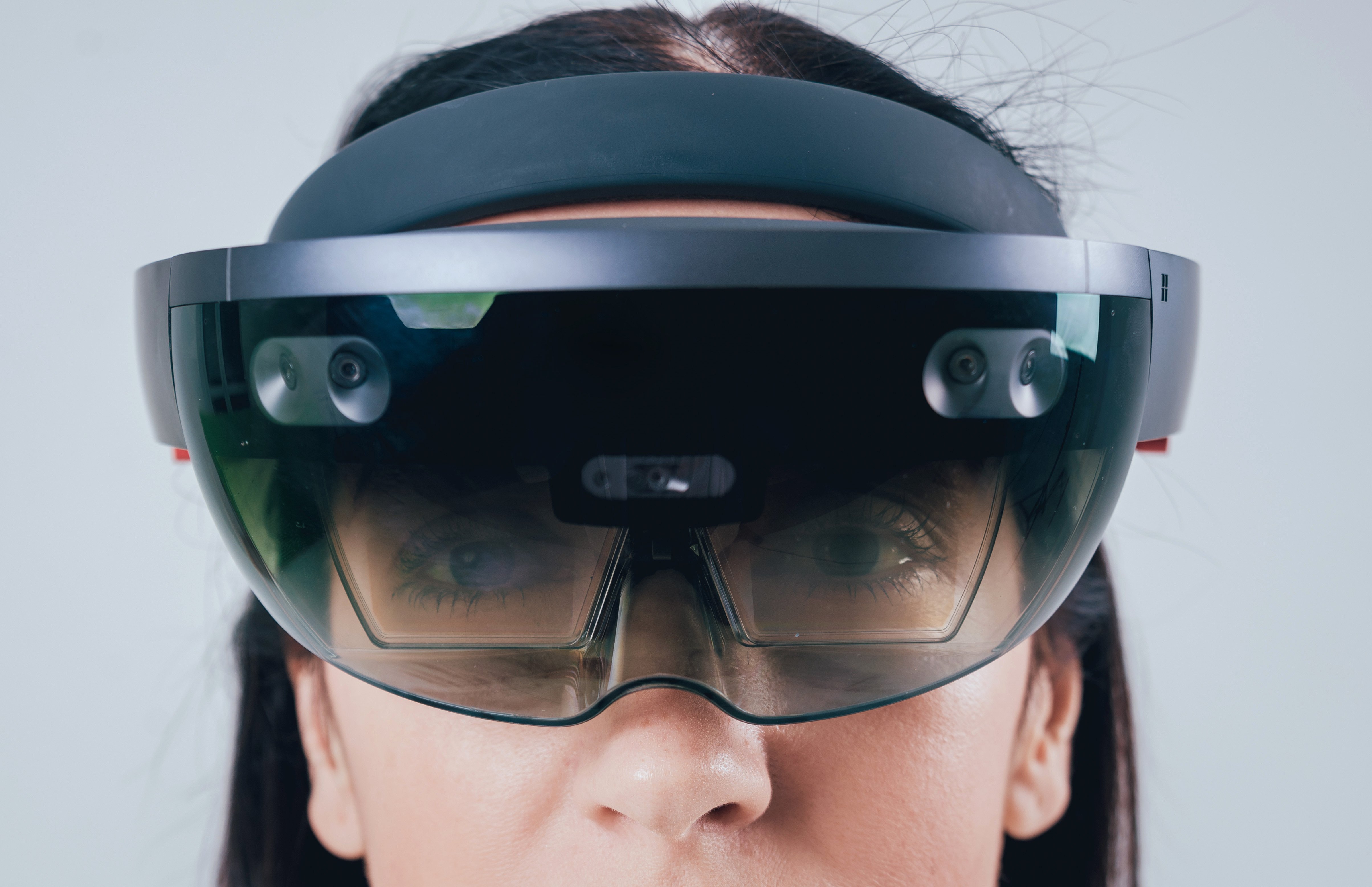Discover how to overcome user resistance in AR training and unlock the full potential of immersive technology for your organization.
While immersive training offers many advantages, its adoption often comes up against resistance from users. It is essential to understand the origins of this resistance in order to design effective solutions to overcome it.
1. Causes of resistance to immersive technologies (XR) in training
The adoption of immersive technologies in training processes is often hampered by several factors:
- Lack of familiarity with the technology: Many workers have not yet had the opportunity to experience VR or AR. This novelty can lead to a feeling of discomfort, particularly when faced with the fear of the unknown.
- Perceived complexity: XR is often seen as a complex technology. This feeling is amplified if users do not have the technical skills to understand how it works.
- Fears of obsolescence: Some employees may fear that its integration will render their current skills obsolete, threatening their jobs or professional stability.
- Cost and disruption: The perception of a high cost, whether in terms of money or time, as well as the changes to existing work processes, may generate resistance.
2. Psychological barriers to adopting AR
Psychological barriers play a key role in this resistance. Here are a few of them:
- Fear of the unknown: Naturally, individuals may be reluctant to accept change, especially if it involves technological tools that are foreign to them.
- Aversion to change: Humans tend to be reluctant to leave their daily habits and comforts behind, which is why AR can be perceived as disruptive.
- Lack of self-confidence: Some employees may doubt their ability to learn such complex new technology, for fear of failing or not meeting expectations.
Anxiety about using technology that is perceived as difficult can reduce the willingness to experiment with these tools, slowing adoption.
3. Effective communication to alleviate fears
Clear, proactive communication can allay these fears and promote acceptance of AR. Some effective strategies include:
- Explaining the benefits: Highlighting the benefits of PLAR, such as improved efficiency, more rewarding learning experiences, and long-term career development opportunities.
- Participation and feedback: By involving employees in the decision-making process and regularly seeking their feedback, organisations can create a sense of participation and control, reducing apprehension.
- Updating and transparency: Regular information on the implementation and progress of RA training increases user confidence.

4. Tailoring training to specific user needs
Customising training programmes is a key lever for making AR learning more accessible and relevant. Here are a few suggestions:
- Customised content: Creating training modules tailored to the different roles and responsibilities of employees helps to avoid generalisation and increase engagement.
- Flexible learning formats: Offering interactive sessions, practical tutorials or training at flexible times means you can adapt to people's different learning rhythms and preferences.
Tailoring training to specific needs ensures greater acceptance and a smooth transition to using AR.
5. Evaluating the impact of PLAR training
Measuring the success of training programmes is crucial for adjusting and improving strategies:
- Key Performance Indicators (KPIs): Elements such as employee engagement, skills improvement or productivity gains make it possible to monitor the effectiveness of training.
- Regular feedback: Constant analysis of user feedback can reveal any necessary adjustments, ensuring that training remains relevant and effective.
By demonstrating tangible benefits and ongoing improvements, companies can increase long-term employee engagement with AR.
Conclusion
Adopting augmented reality in training has undeniable benefits, but it requires overcoming psychological, logistical and financial resistance. Through proactive communication, appropriate training and rigorous performance monitoring, companies can facilitate this technological transition, while reassuring employees of their ability to evolve with these innovative tools.


